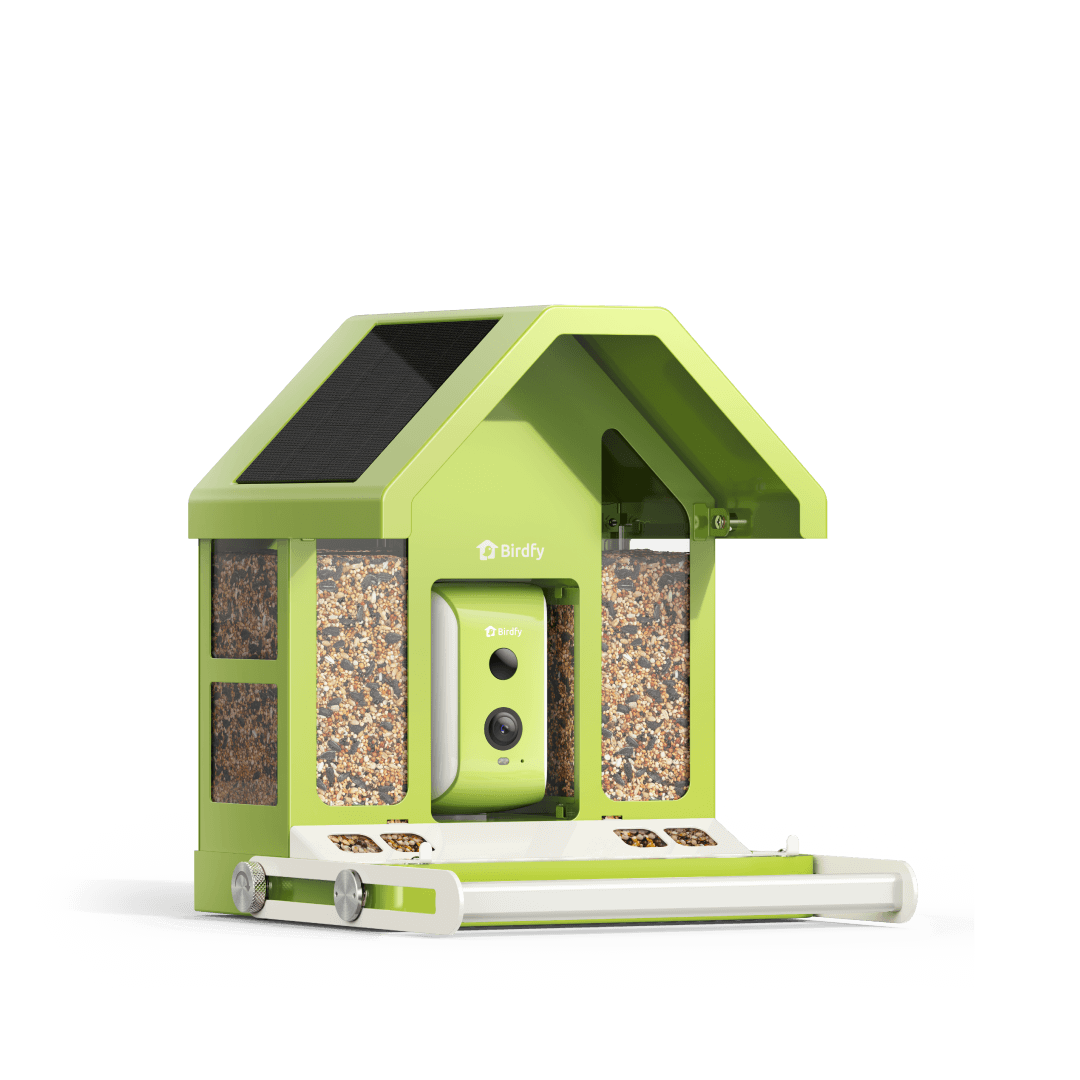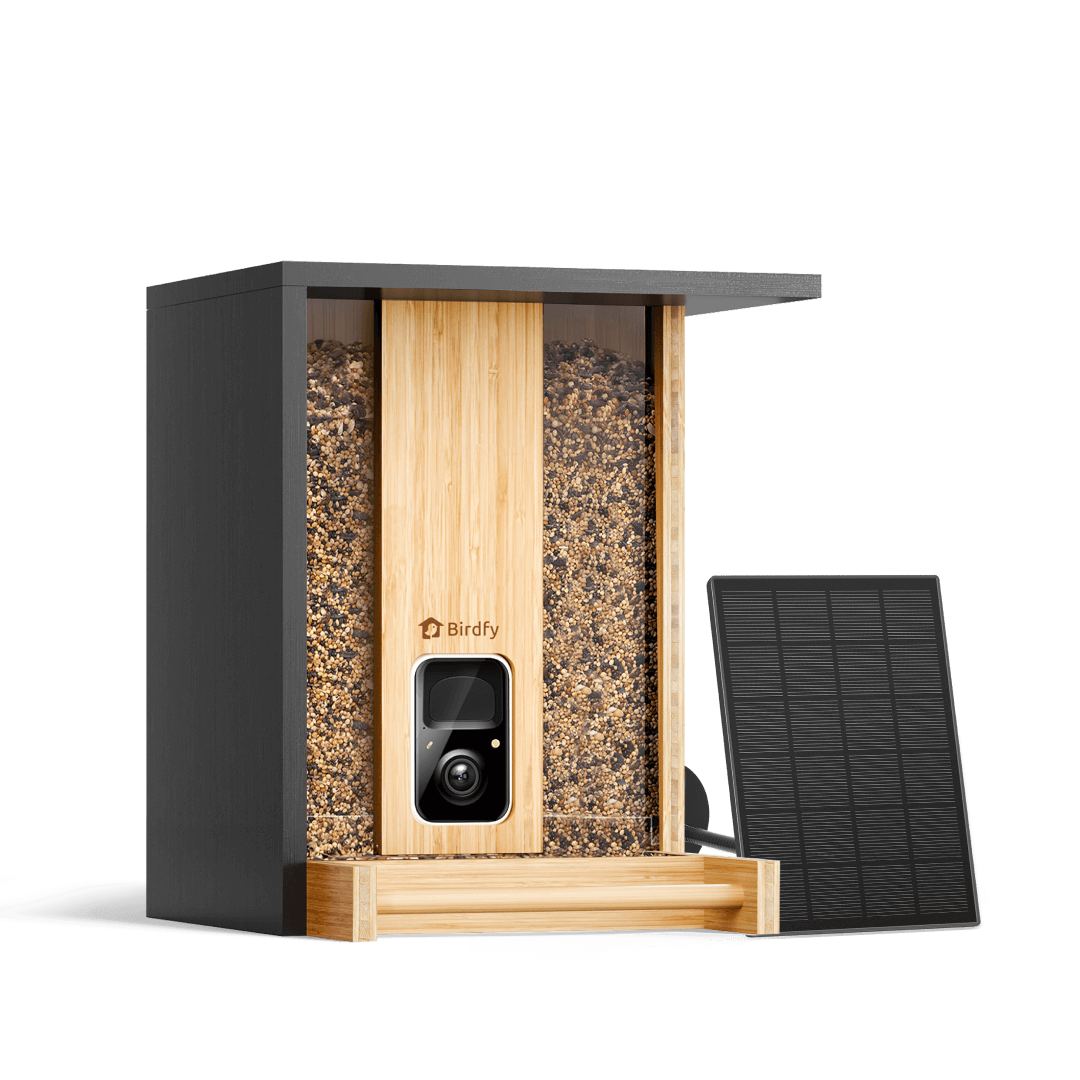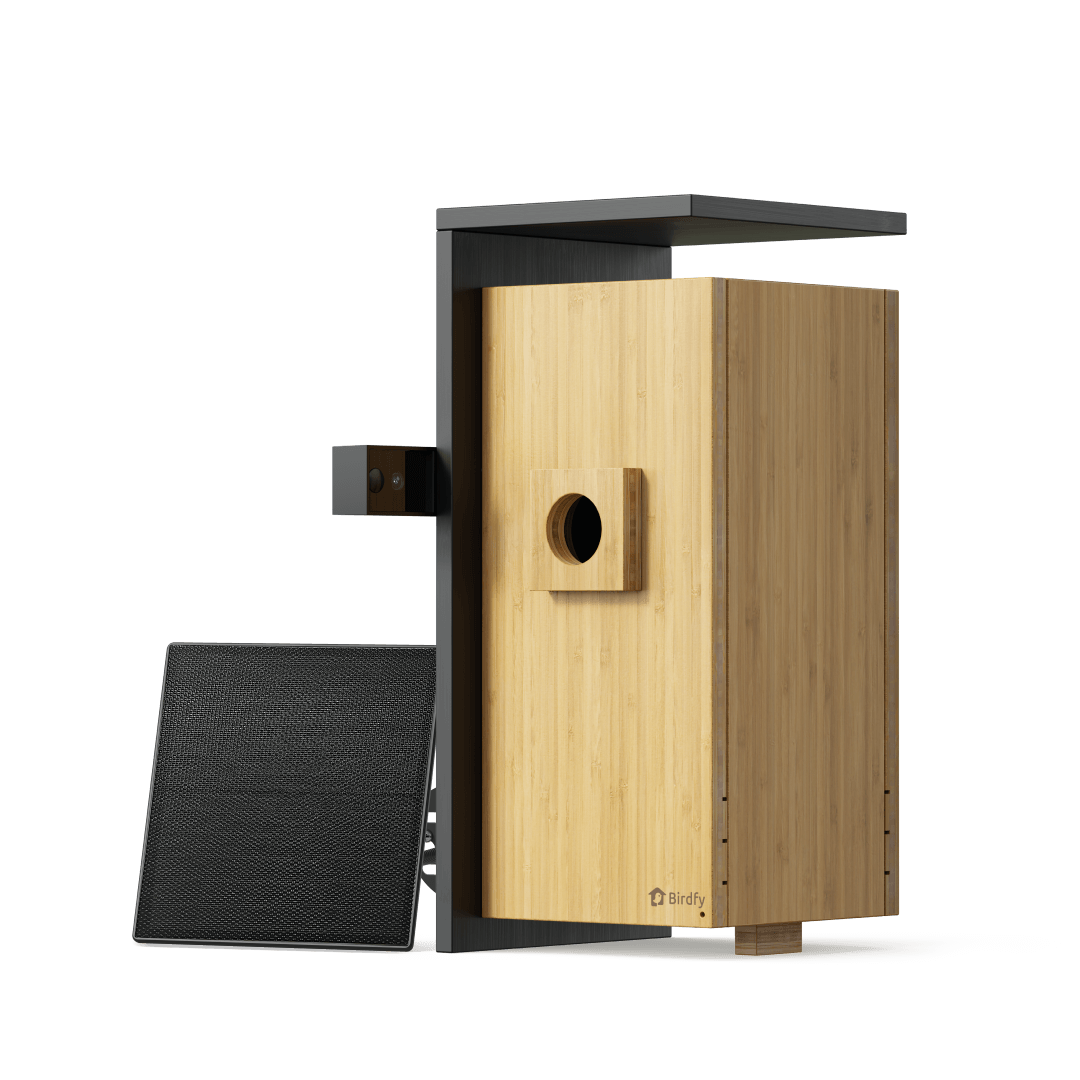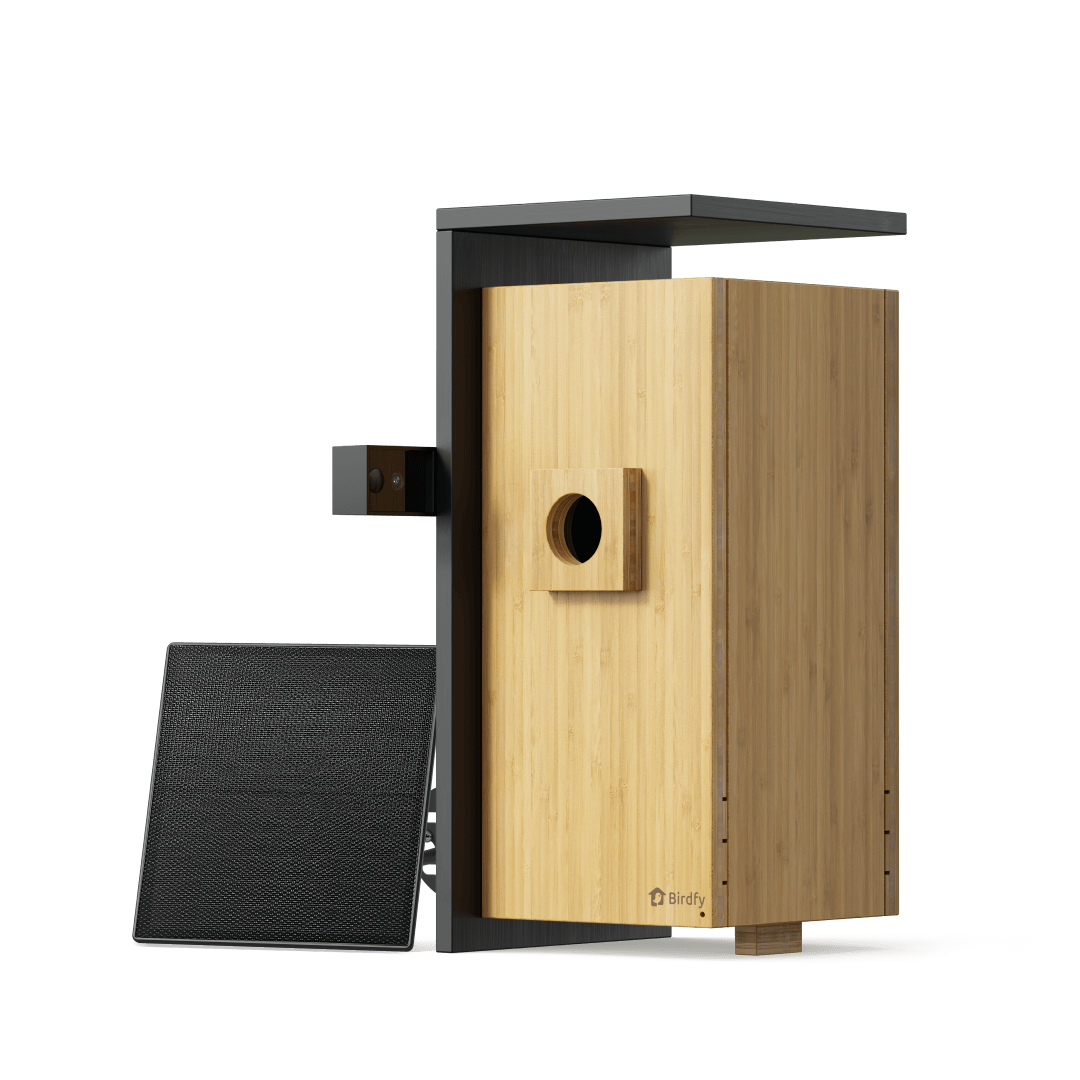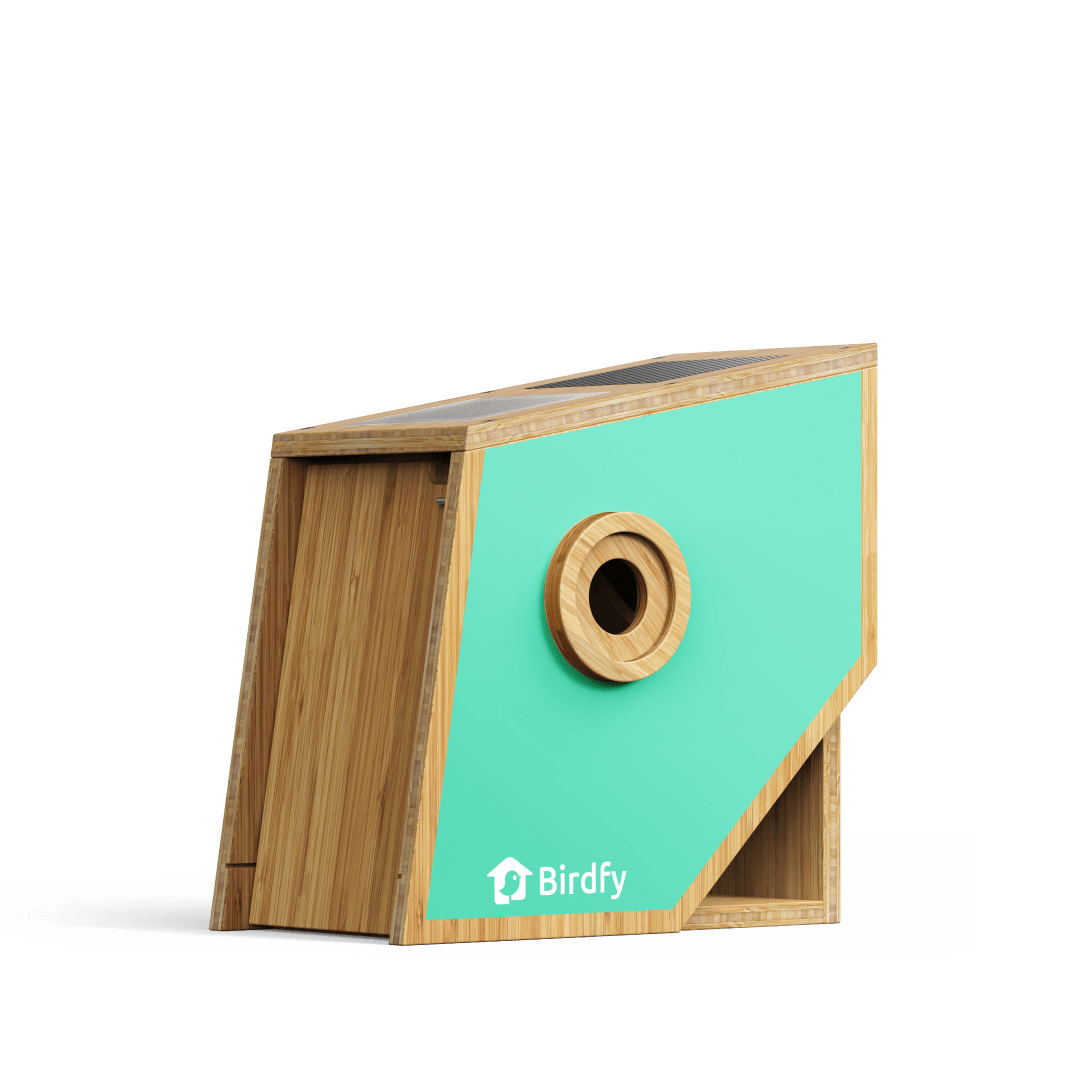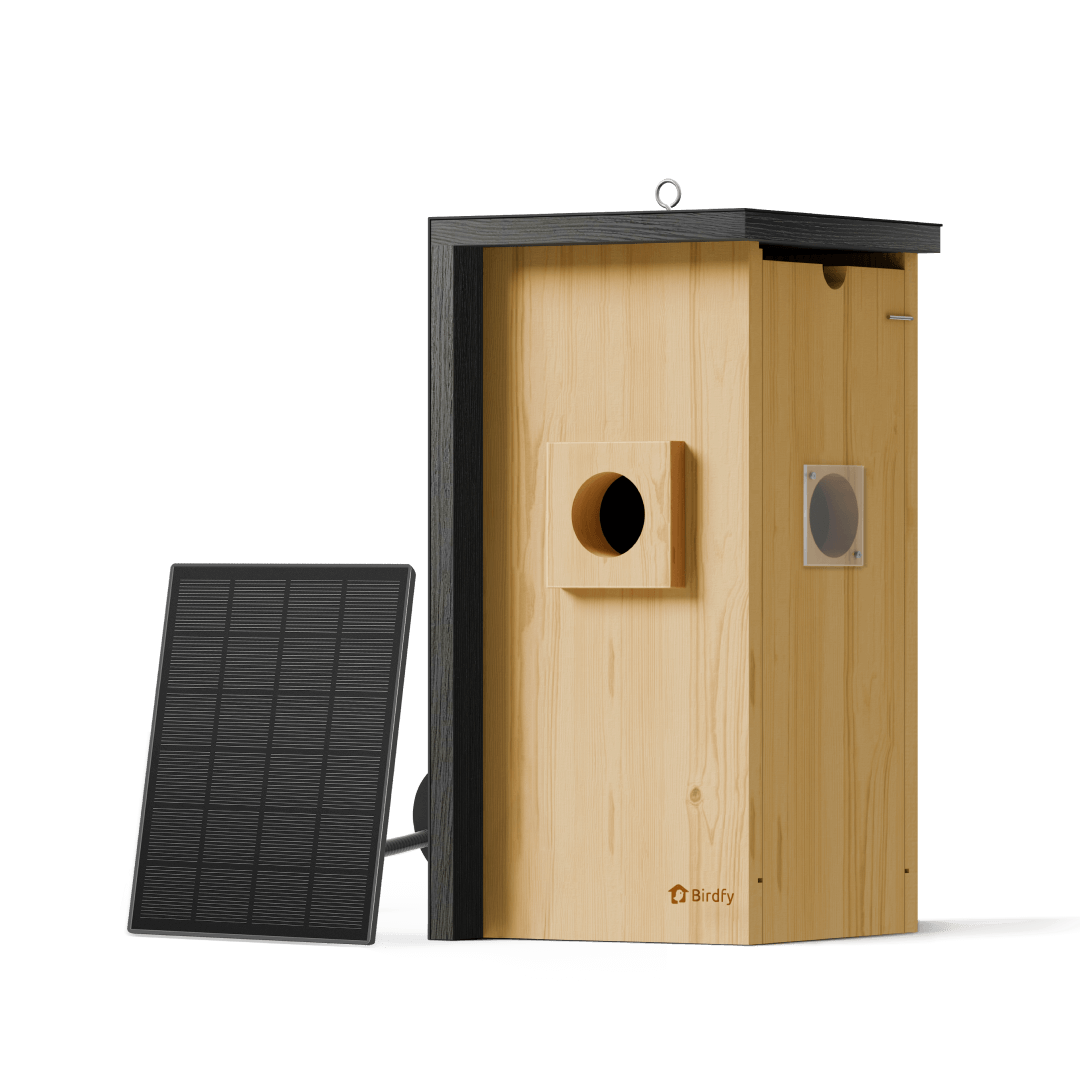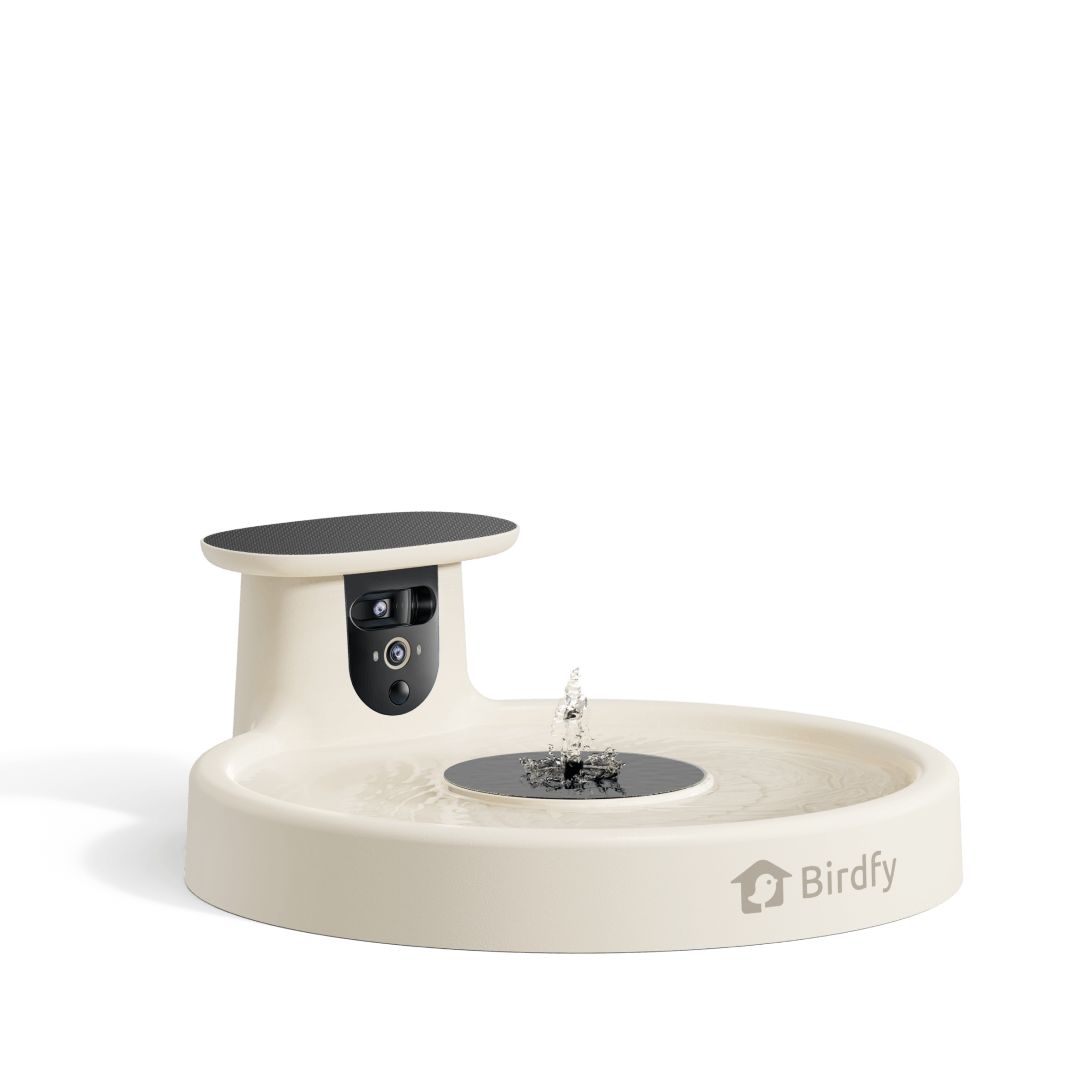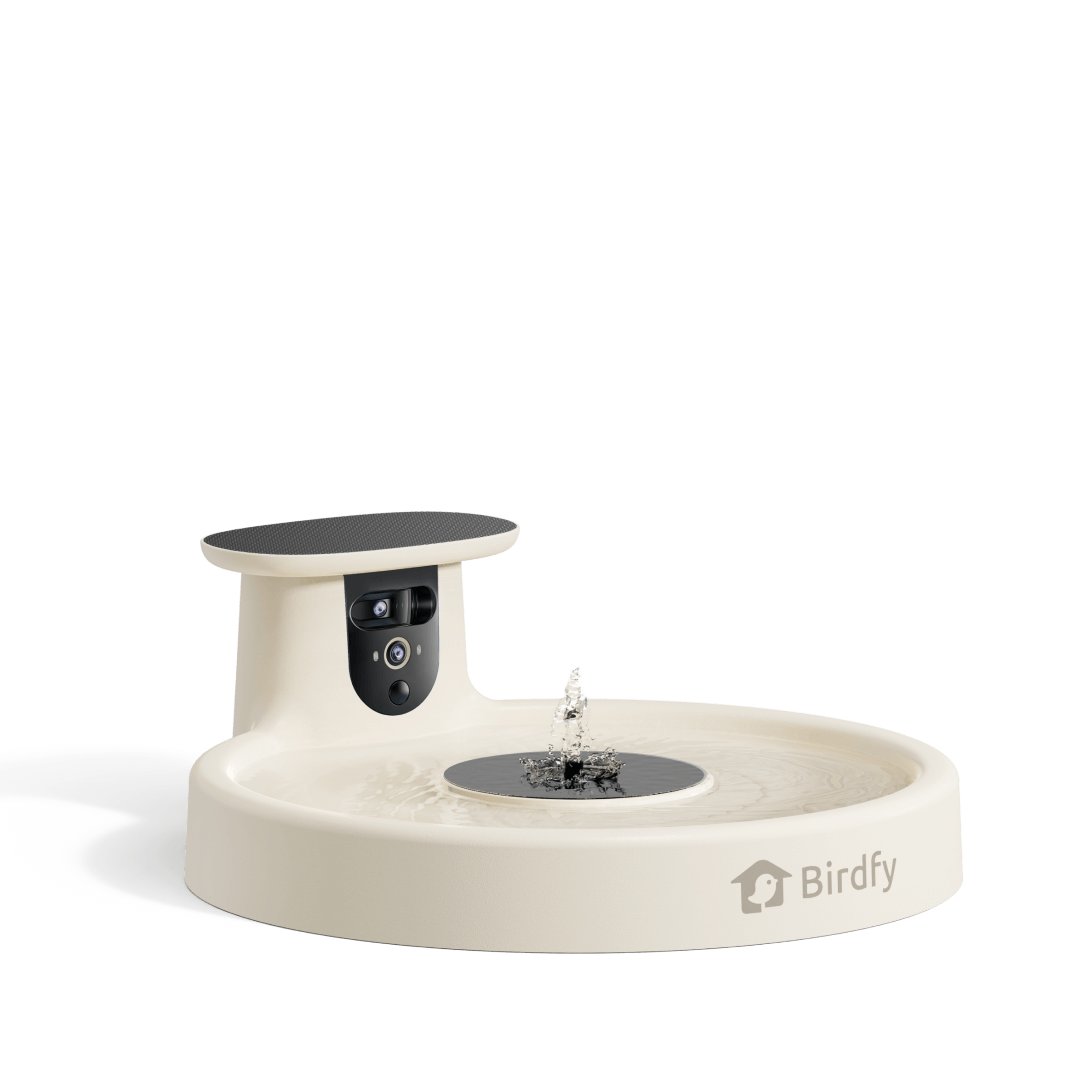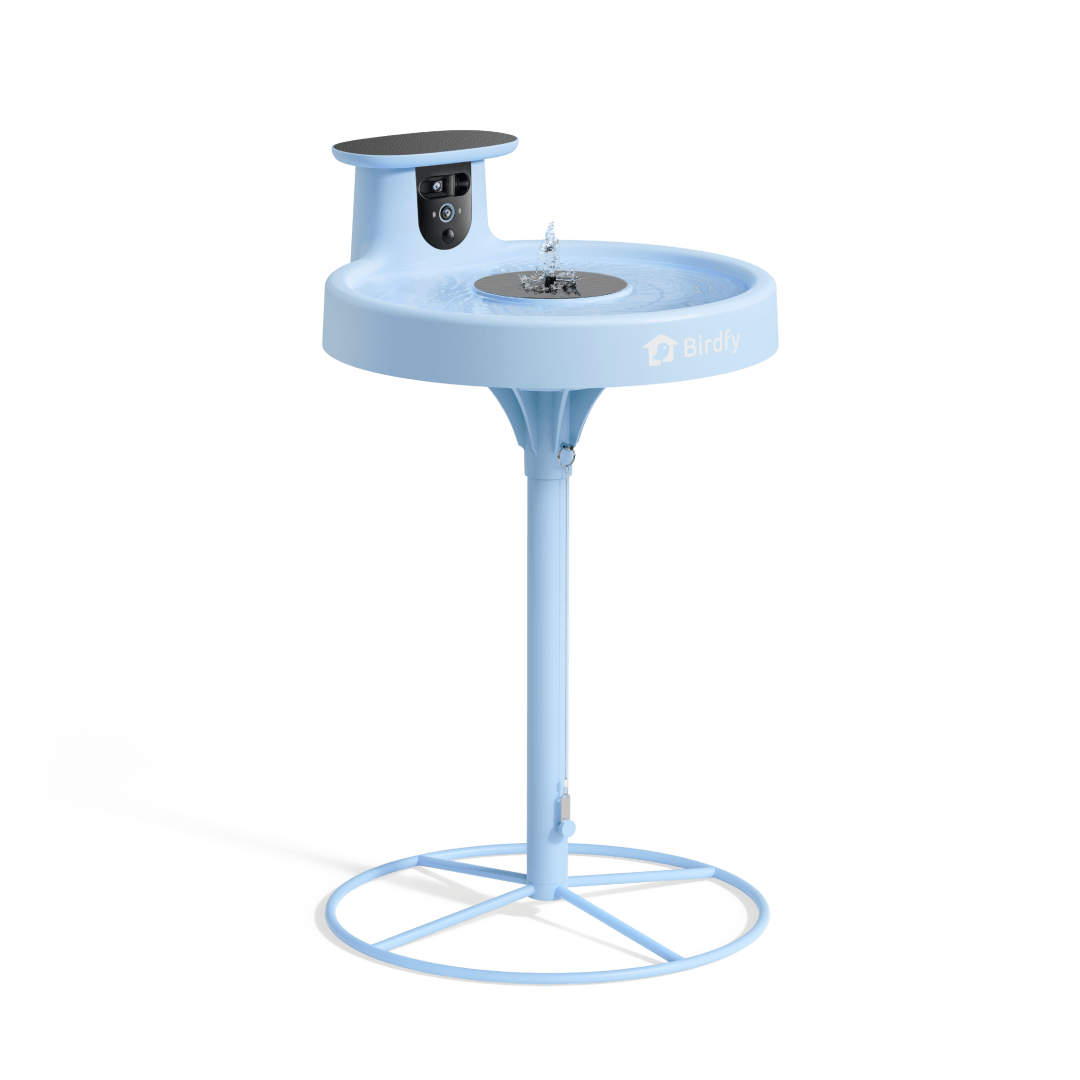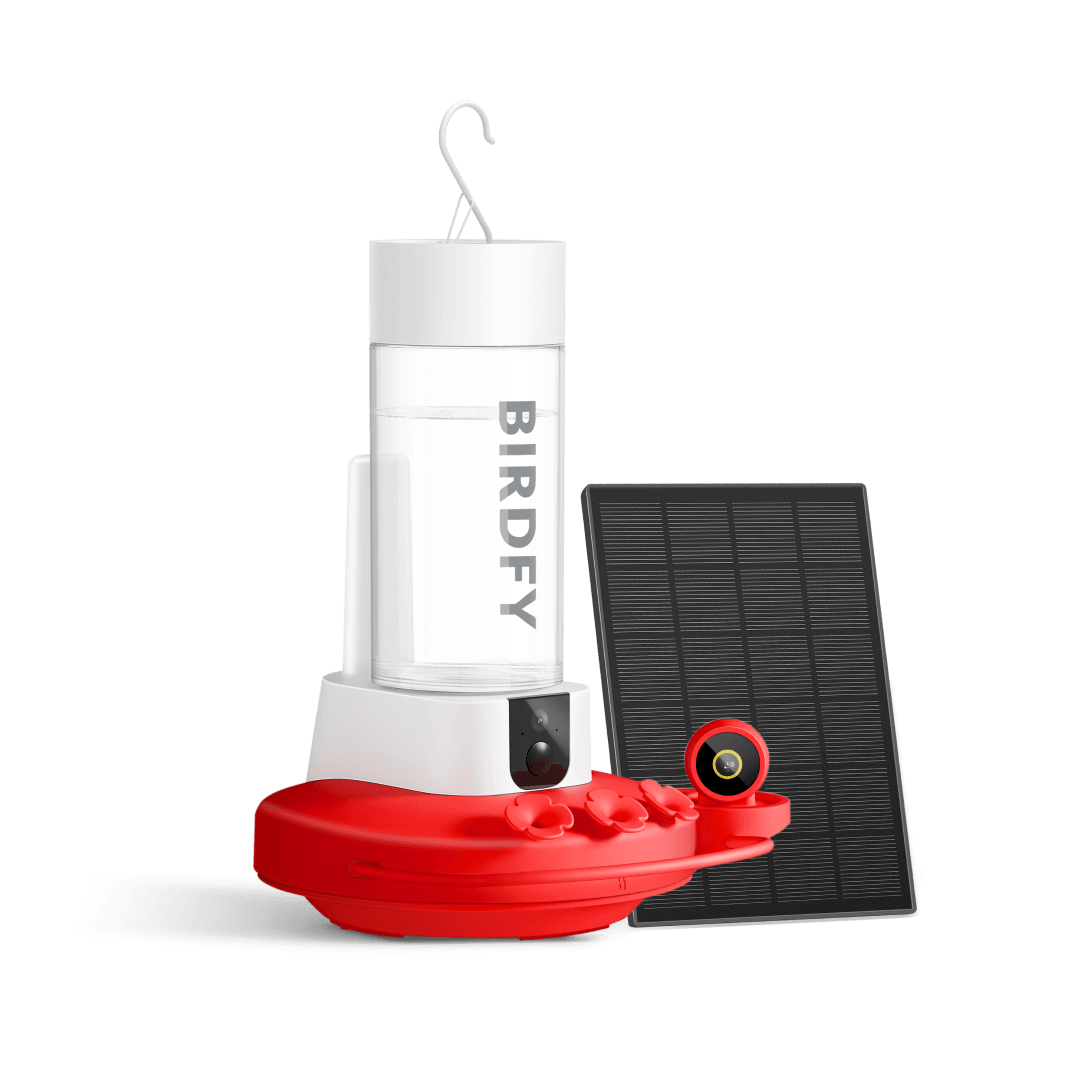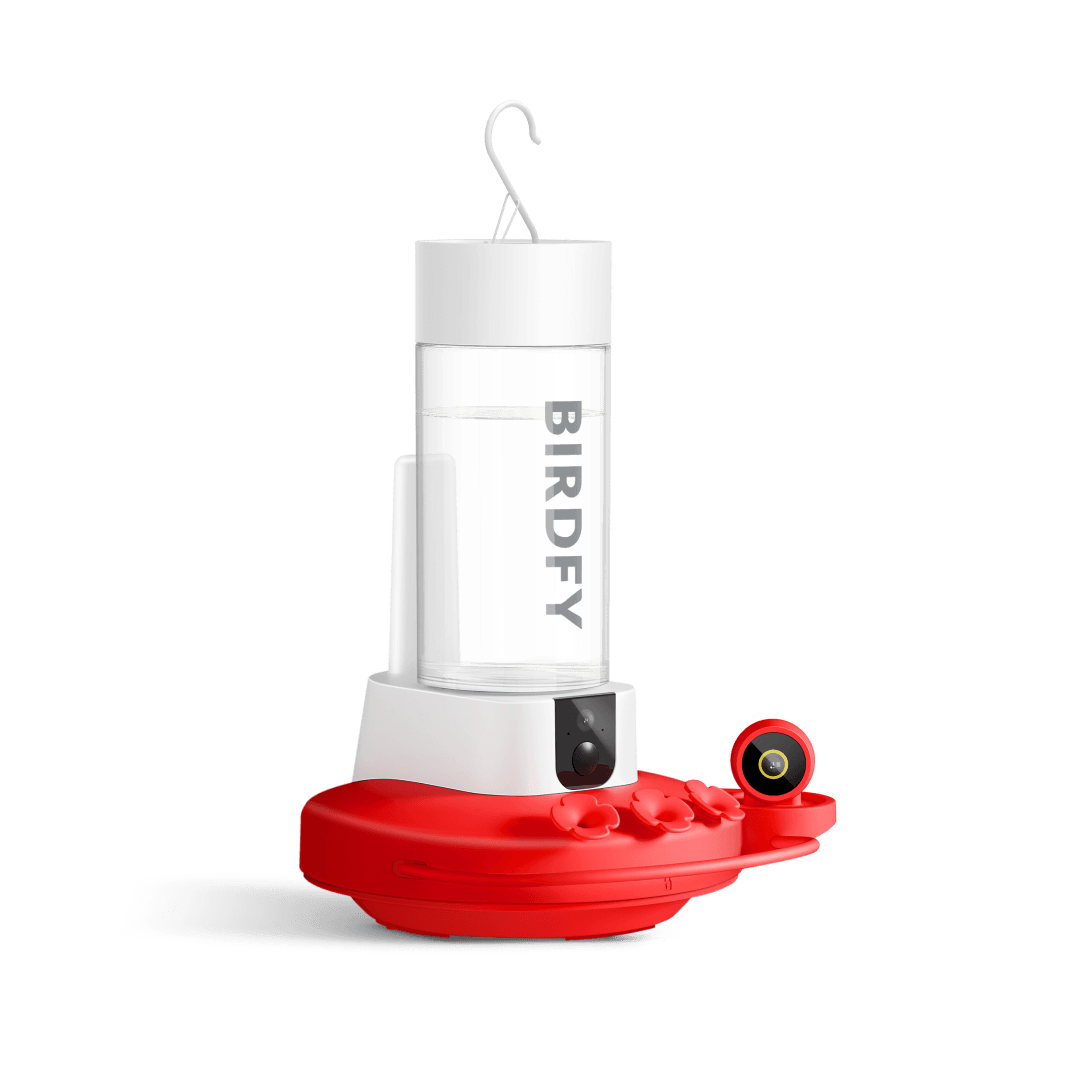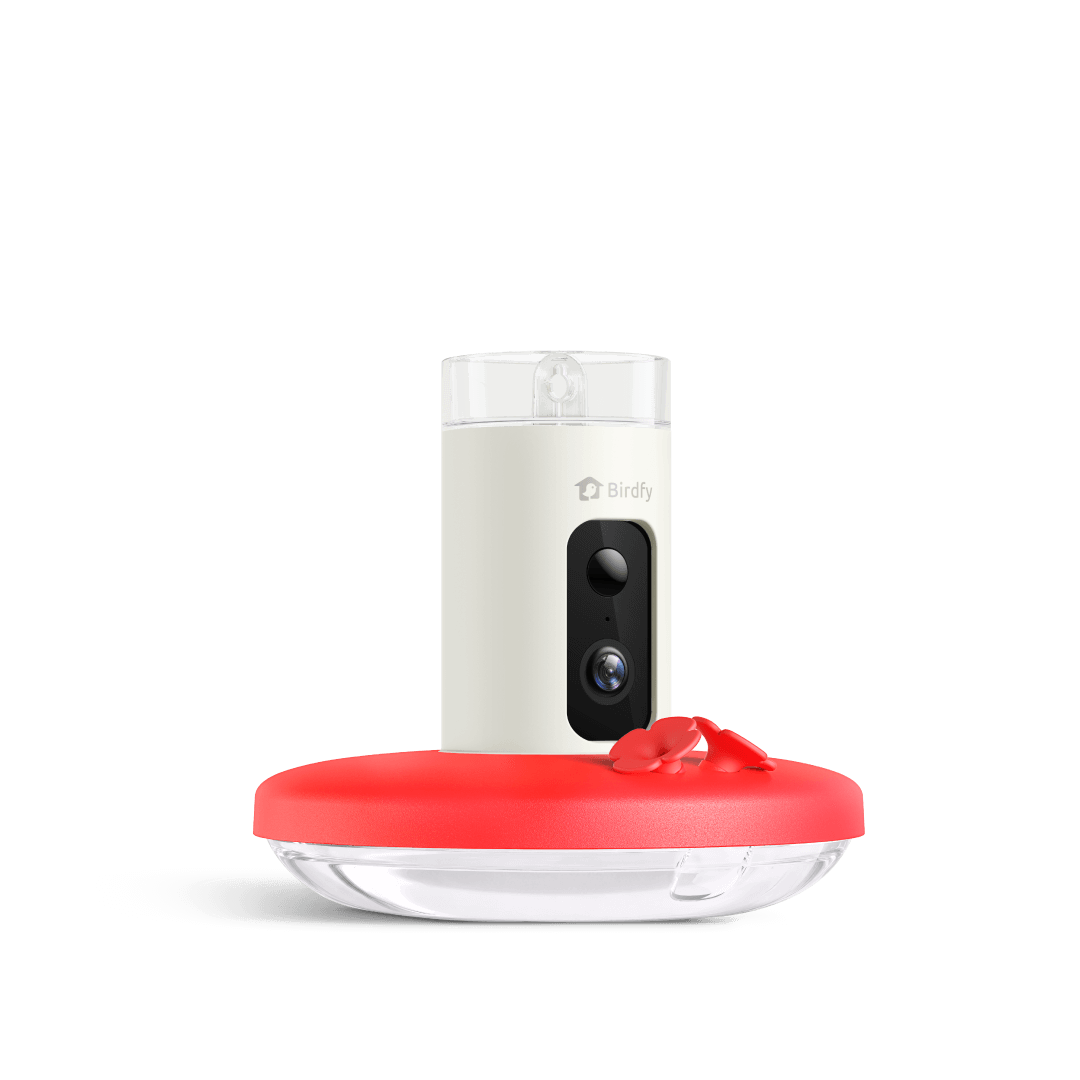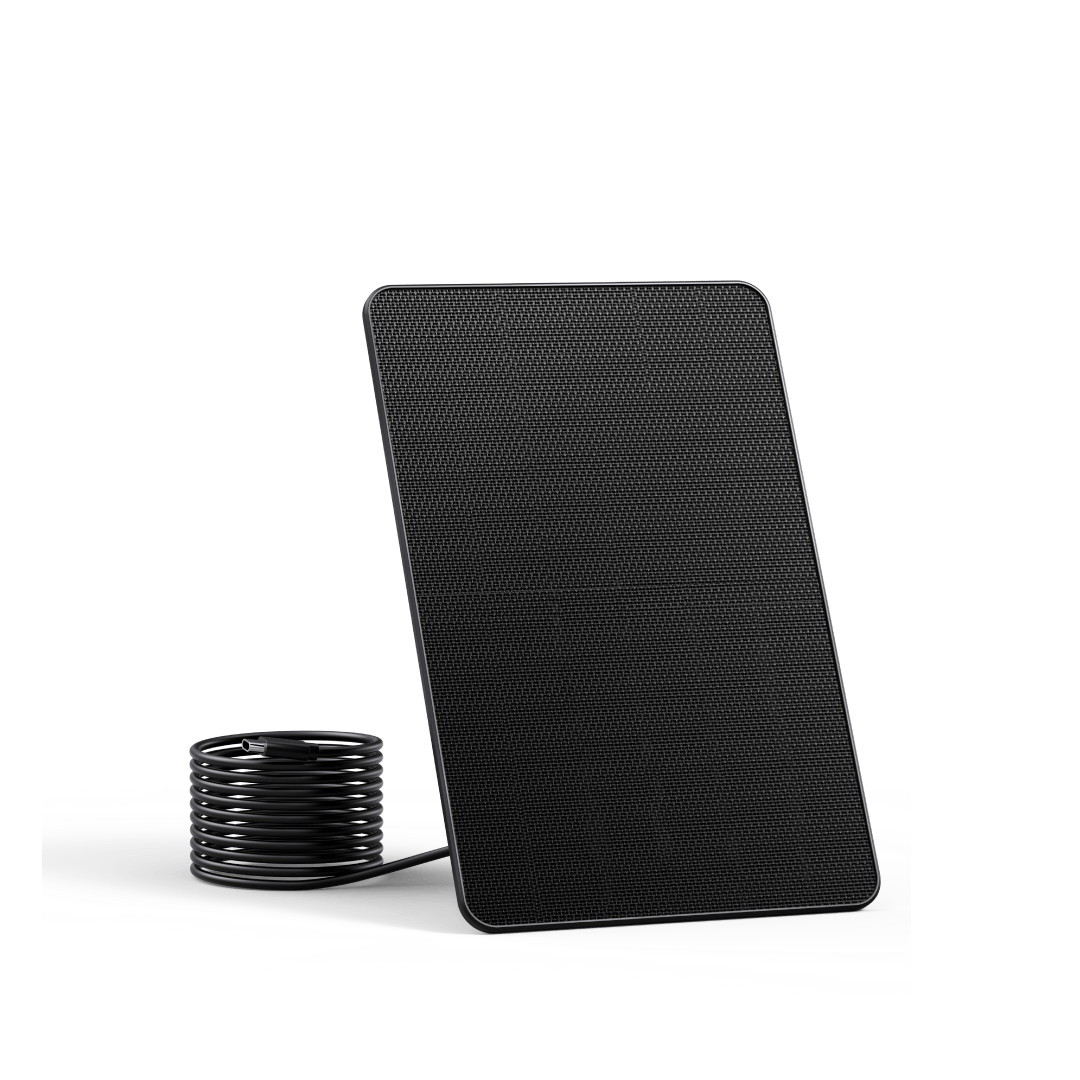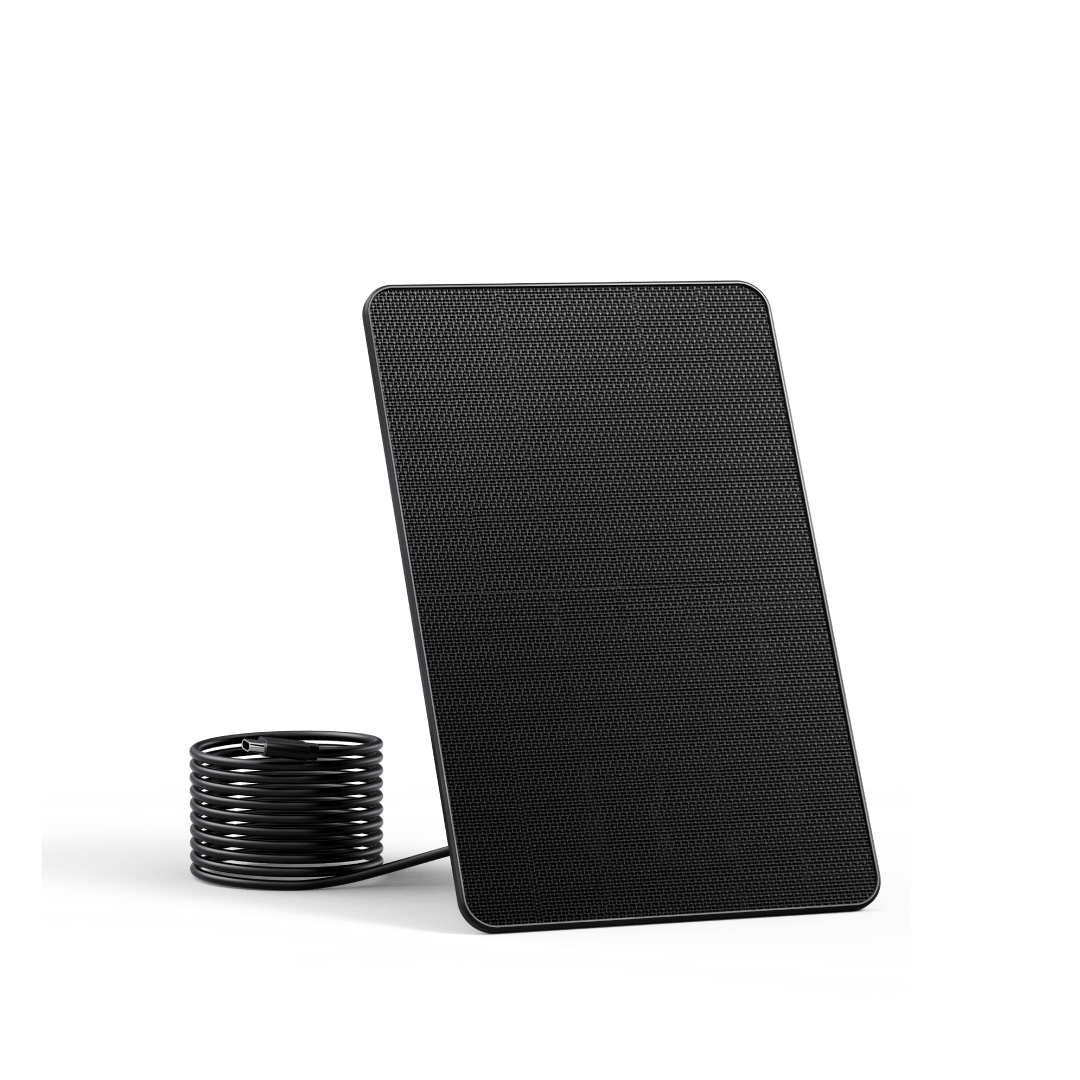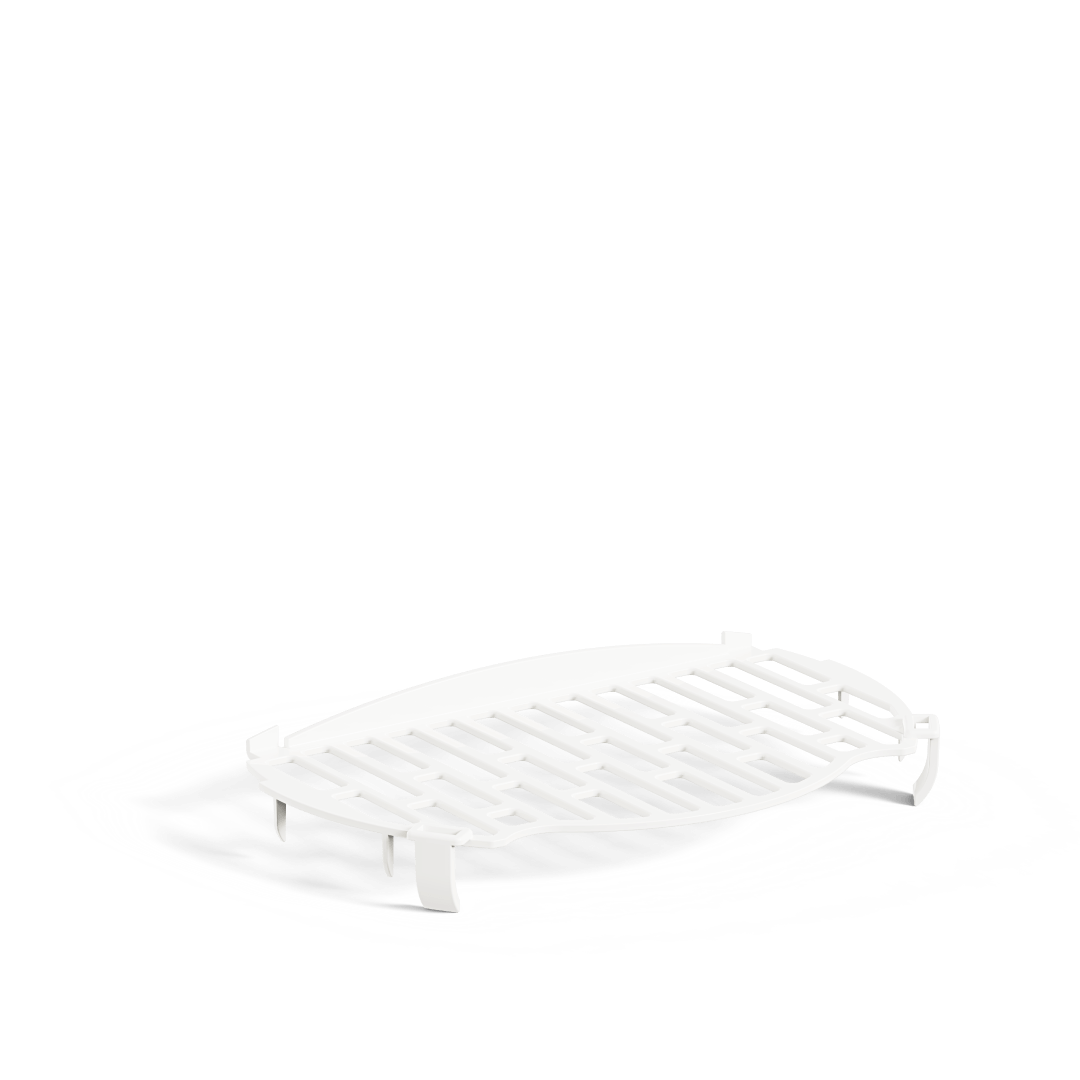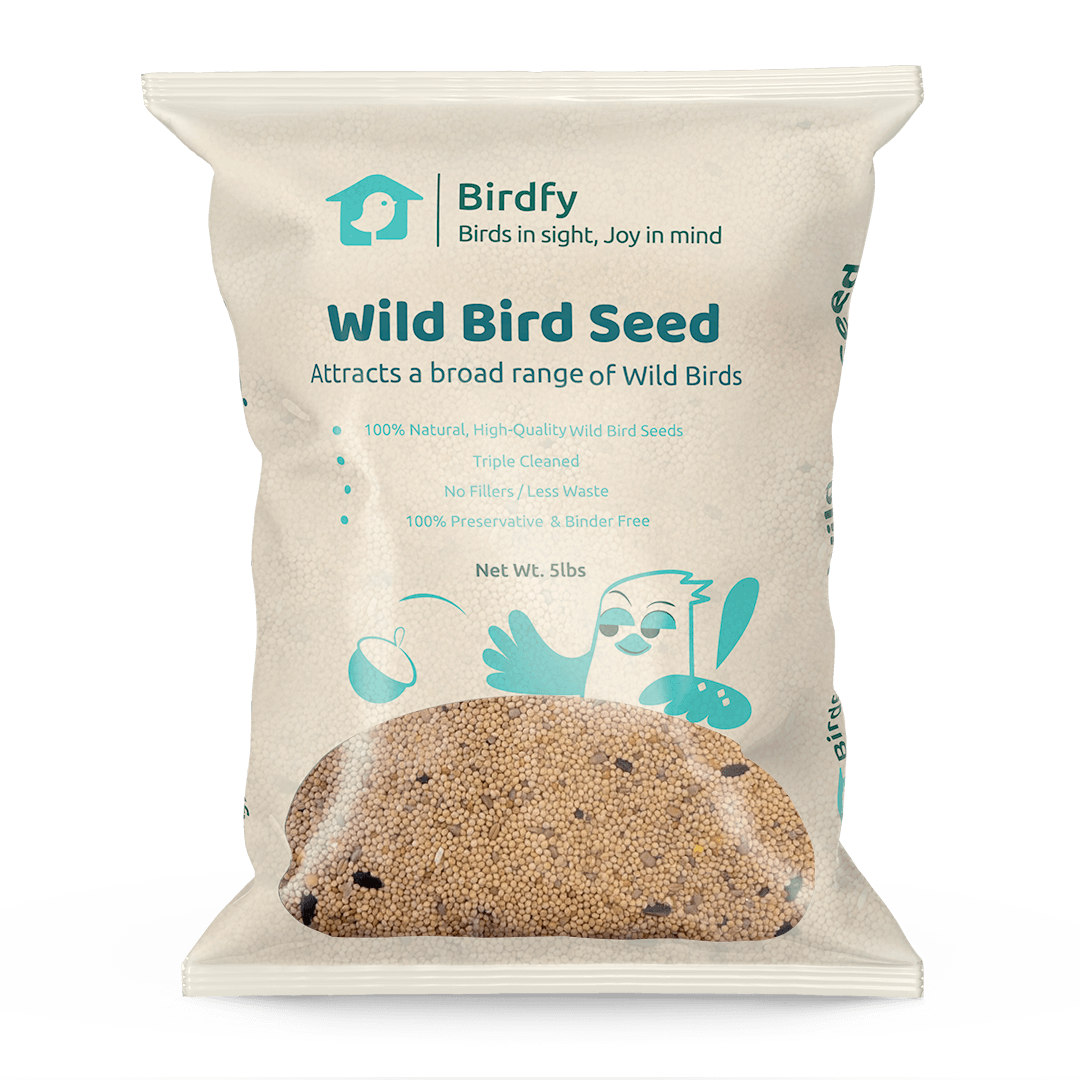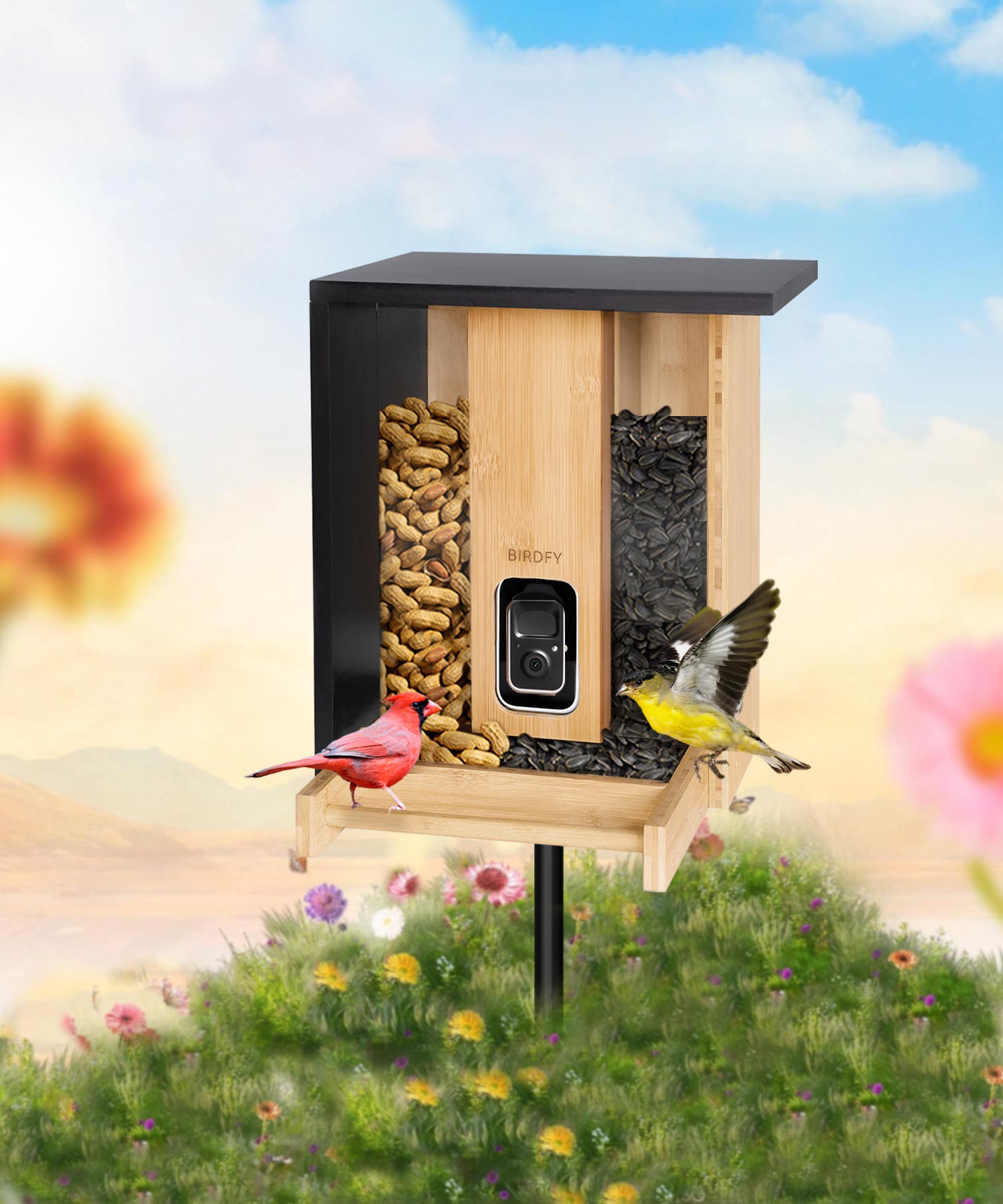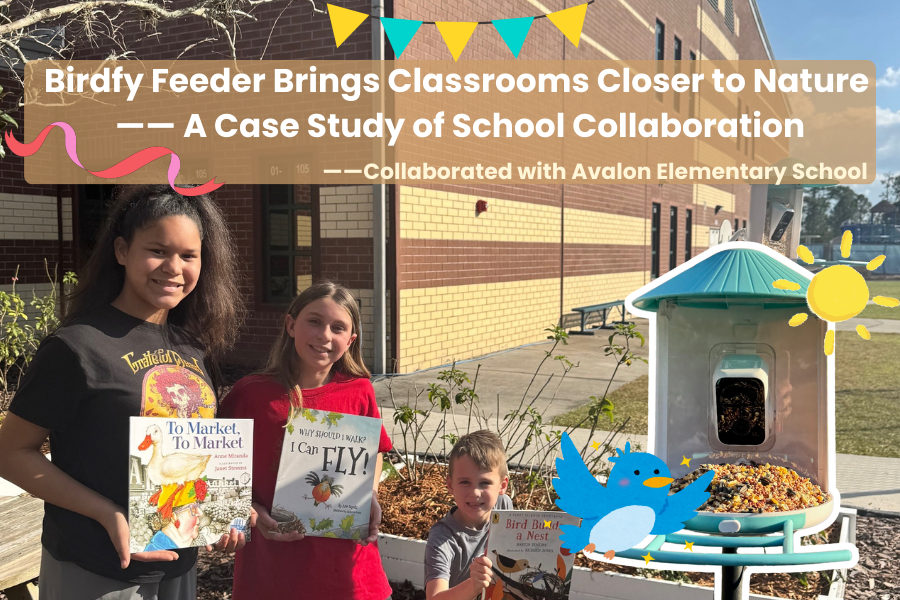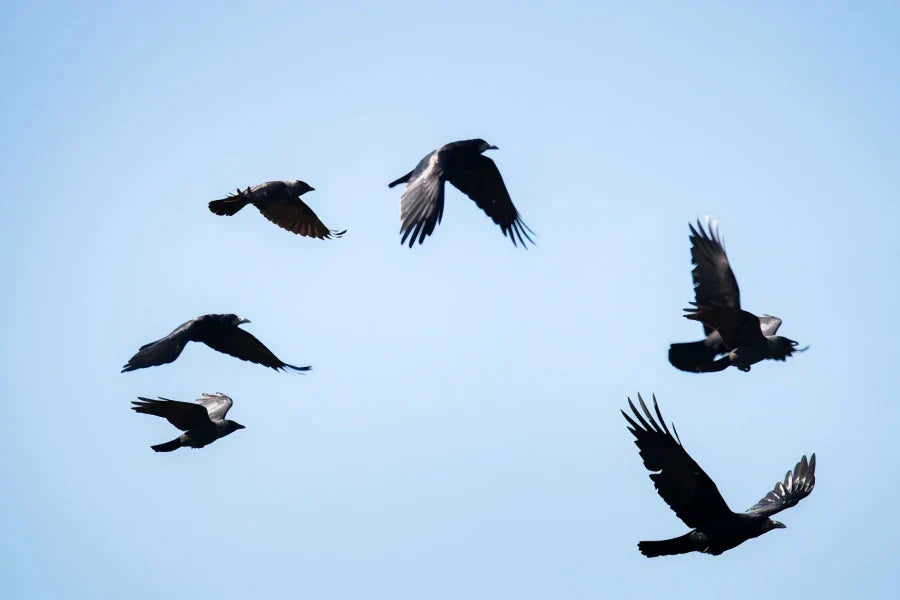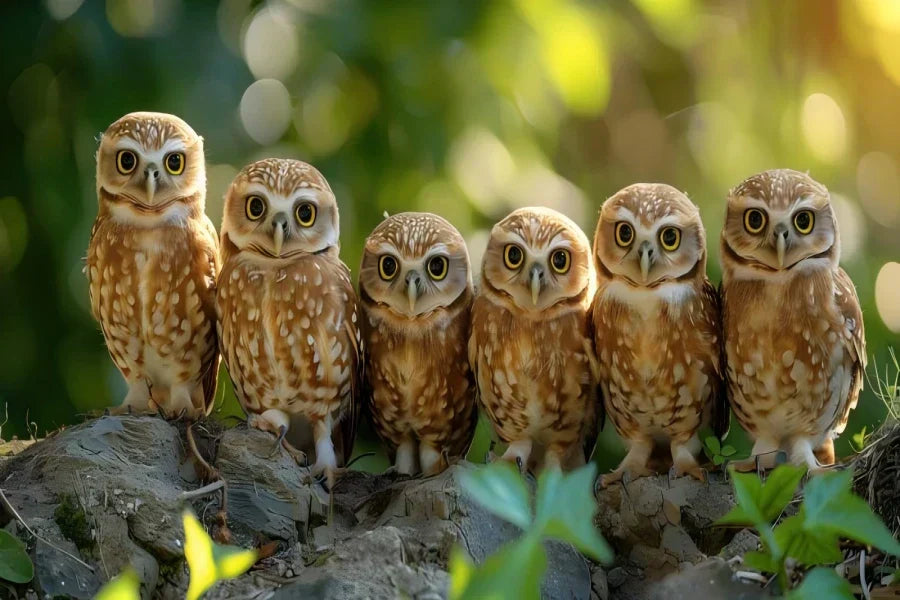[Bird life expectancy] How Long Do Birds Live
Have you ever thought about how long birds live in the wild or captivity? Whenever we think about birds some questions travel through our minds. How long do tiny birds like hummingbirds or large birds like eagles, hawks, etc. live?
Don't worry, just wait a few minutes and you will get your answer. Some birds live longer than humans. In this article, I will explain how long small or big birds live. The secrets to a long birdlife? Factors that influence bird lifespan, etc. If we understand bird lifespans deeply, these can help us to take care of pet birds and wild birds.
Don't waste any time, let's get to the main point.

Average Lifespan of Common Bird Species
In general, the lifespan of a bird completely depends on their size. Smaller birds have shorter lifespans than larger birds. Tiny birds such as hummingbirds, finches, canaries, budgerigar, and sparrows may live only a few years. On the other side, big birds such as eagles, seabirds, or albatrosses live much more than you thought now. Here are the different types of birds' lifespan charts for easy understanding.
How long do small birds live
There are so many small bird species that live on our earth. These little friends, like hummingbirds, chickadees, sparrows, and finches, have shorter lifespans (3 to 10 years) due to their small size and high metabolisms. Here is the common small bird's lifespan table:
|
Species |
Average Lifespan |
|
Canary |
5-10 years |
|
Finch |
5-9 years |
|
Budgerigar (Parakeet) |
5-15 years |
|
Love Bird |
10-15 years |
|
Cockatiel |
15-20 years |
|
Sparrow |
3-5 years |
|
Parrotlet |
15-20 years |
How long do medium birds live
Medium-sized birds such as parrots, doves, pigeons, cockatiels, and conures live longer than our small friends. If these species of birds get proper diet and care they can live more than you think. Here is the medium size birds' life spans table:
|
Species |
Average Lifespan |
|
Cockatiel |
15-20 years |
|
Conure |
20-30 years |
|
Pigeon |
10-15 years |
|
Dove |
10-15 years |
How long do large birds live
Larger birds such as some parrot species, eagles, and swans have relatively long lifespans, with some individuals living for decades and some species even living 70 to 80 years in captivity. Larger birds live longer because of their slower metabolisms and better care. Here is the large bird's lifespan table:
|
Species |
Average Lifespan |
|
Macaw |
50-70 years |
|
Amazon Parrot |
40-50 years |
|
Bald Eagle |
Wild: 20-30 years |
|
African Gray Parrot |
40-60 years |
|
Mute Swan |
20-30 years |
|
Albatross |
50+ years |
|
Ostrich |
40-50 years |
Why does a bird's life span depend on its size?
- Metabolic Rate: Smaller birds use energy faster and need to eat more often, making them age faster and live shorter lives.
- Predation Risk: Smaller birds are more likely to be caught by predators, which can lead to shorter lifespans.
- Breeding Strategy: Smaller birds grow up and start having babies sooner, but this often means they don't live as long because they use their energy for reproduction.
- Flight Efficiency: Larger birds can fly longer distances and find more food and safe places, which can help them live longer.

Factors Affecting Bird Lifespan
There are so many factors that affect a bird's lifespan. We discuss the most important factors that influence a bird's lifespan.
Species and Genetics
Different species of birds have different natural lifespans. Tiny hummingbird species have shorter lifespans while large eagle species have longer lifespans. Also, genetics play a very important role in birds' lifespans. Some species of birds have very long natural life spans due to their genetics.
Food and water supply
Adequate food and a clean water supply are critical to the health and longevity of birds. The availability of suitable prey, seeds, and water sources can affect a bird's overall health.
Diet and Nutrition
A good balanced diet is very important for different types of animals as well as for birds. Birds need different kinds of fruits, vegetables, seeds, green leaves, insects, etc. Strong nutrition gives a bird a long lifespan whereas poor nutrition makes birds' lifespans even shorter and causes health problems. If you are a bird owner, you need to think about your pet bird's balanced diet with a good amount of nutrition to give your bird a long life.
Environmental Factors
Environmental factors like climate change and habitat destruction can badly affect birds' lifespans. Birds in good, calm, natural supportive environments live longer than in bad environments.
Bird Diseases
Birds can also get fleas, avian influenza, and other health-threatening diseases such as albinism.
Birdcage
Birds live much longer in captivity. They never lack food, should have no natural predators, and any illnesses or accidents involving injury or harm are usually dealt with quickly. For birds in captivity, the quality of the cage and the care provided by humans also have a significant impact on longevity.
Birdfy offers a high-quality bird nest, giving birds a cozy and comfortable place to rest.
Predation and Threats
Bird's natural predators like snakes, big birds, monkeys, or other predators kill or damage birds which is why they are not able to live long enough. Also, human activities such as pollution and habitat destruction are major threats to birds' lives. Birds live better or longer in protected areas.

Champions of Longevity
Who holds the record for the oldest bird ever?
In Captivity:Captivity is a very safe option for birds where they have a proper diet and nutrition. This is the main reason for their long lifespans.
Cocky Bennett the male sulfur crested Cockatoo (1796 to 1916) holds the record for the oldest bird ever with 120 years of lifespan.
In zoos: A male Sulphur-crested Cockatoo (Charlie) lived 82 years!
In the wild:A wild Laysan Albatross named Wisdom is estimated to be over 70 years old. This is the oldest known wild bird in the world!
Some Amazing Birds Known for Their Long Lives: Birds like parrots, condors, swans, and albatrosses are known for their impressive lifespans. Here is the table of those impressive big birds with long lifespans.
Captivity vs. Wild
There are many advantages of pet birds: regular care, a properly balanced diet, and a safe and secure environment make these birds live longer than wild birds.
Challenges in the wild: Wild birds face many challenges, including climate change, finding enough food, predator problems, not a secure home, etc. These factors are the main threats to their lifespan. Also, these factors reduce their lifespan compared to captivity birds.
Relationship Between Bird Lifespan and Human Activities
The impact that human activities can have on the lifespan of birds is a double-edged sword, with both positive and negative effects.
Habitat destruction
Human activities such as deforestation, habitat destruction, urbanization, and agricultural development can hurt bird’s natural habitats. This can negatively affect bird longevity by reducing suitable nesting sites, food sources, and safe areas.
Pollution
Air pollution and water pollution are the main threats to a bird's lifespan. Birds eat & drink food or water, leading to health problems, reduced reproductive success, and overall shorter lifespans.
Climate Change
Climate change significantly impacts bird’s lifespans. Also, human activity (greenhouse, temperature changes, food availability can affect bird longevity. Some bird species face numerous challenges due to environmental change.
Hunting and poaching
Hunting and poaching are the main reasons for decreasing bird populations. For beautiful feathers, some narrow-minded humans do this illegal work and affect the bird’s lifespan.
Artificial nesting
Some human activities, such as the installation of bird feeders, can have a positive impact on bird populations. Providing additional nesting and foraging resources for birds has the potential to improve the overall health and longevity of certain species.

Tips for Increasing a Pet Bird's Lifespan
I give you some tips for increasing your pet bird's lifespan. Here are the tips:
Proper Nutrition: Just give them a proper balanced diet with fruits, vegetables, and a variety of seeds. Just maintain this routine regularly to increase your bird's lifespan.
Keep their minds sharp: Just provide them with toys, puzzles, and different bird things to keep them mentally stimulated.
Regular Check-ups: Just like us, birds also need regular check-ups. Just visit a doctor to clarify they stay healthy and live a long life.
Importance of Conservation
Human activities like deforestation, pollution, and climate change threaten bird populations so badly. Loss of habitat and food sources can significantly impact bird lifespans.
That's why we need to work together to protect birds and their habitats, nets, and populations. Conservation efforts include creating protected areas, breeding programs, and public education on the importance of biodiversity.
Frequently Asked Questions (FAQs)
- What is the average lifespan of a bird?
The average lifespan depends on the species. For small birds like finches, ranging from a few years to over 60 years for some parrots, and large birds like albatrosses.
- How can I help my pet bird live longer?
Just providing a balanced diet, plenty of mental stimulation, regular veterinary check-ups, and a clean, safe environment will help your pet bird live longer.
- Do wild birds live longer than captive birds?
Captive birds often live longer due to balanced food, medical care, and protection from predators, though some wild birds can also live long lives under favorable conditions.
- What factors affect a bird's lifespan?
Some key factors include genetics, diet, environmental conditions, predation, and overall care (especially in captivity) that affect a bird’s lifespan.
- How do conservation efforts help birds?
Conservation efforts protect habitats, address threats like pollution and hunting, and support breeding programs, helping to preserve bird species and increase their survival rates.

Conclusion
The lifespan of birds varies according to size, species, and environment. Smaller birds can live for a few years and larger birds for decades, such as parrots that can live to be 70-80 years old in captivity. Habitat, food, genetics, and human care all affect lifespan. Birds are affected by both positive human activities (conservation) and negative activities (habitat destruction, pollution). Albatrosses, such as the Wandering Albatross, can live for more than 50 years, whereas small songbirds, such as the House Sparrow, only live for 2 to 5 years.



